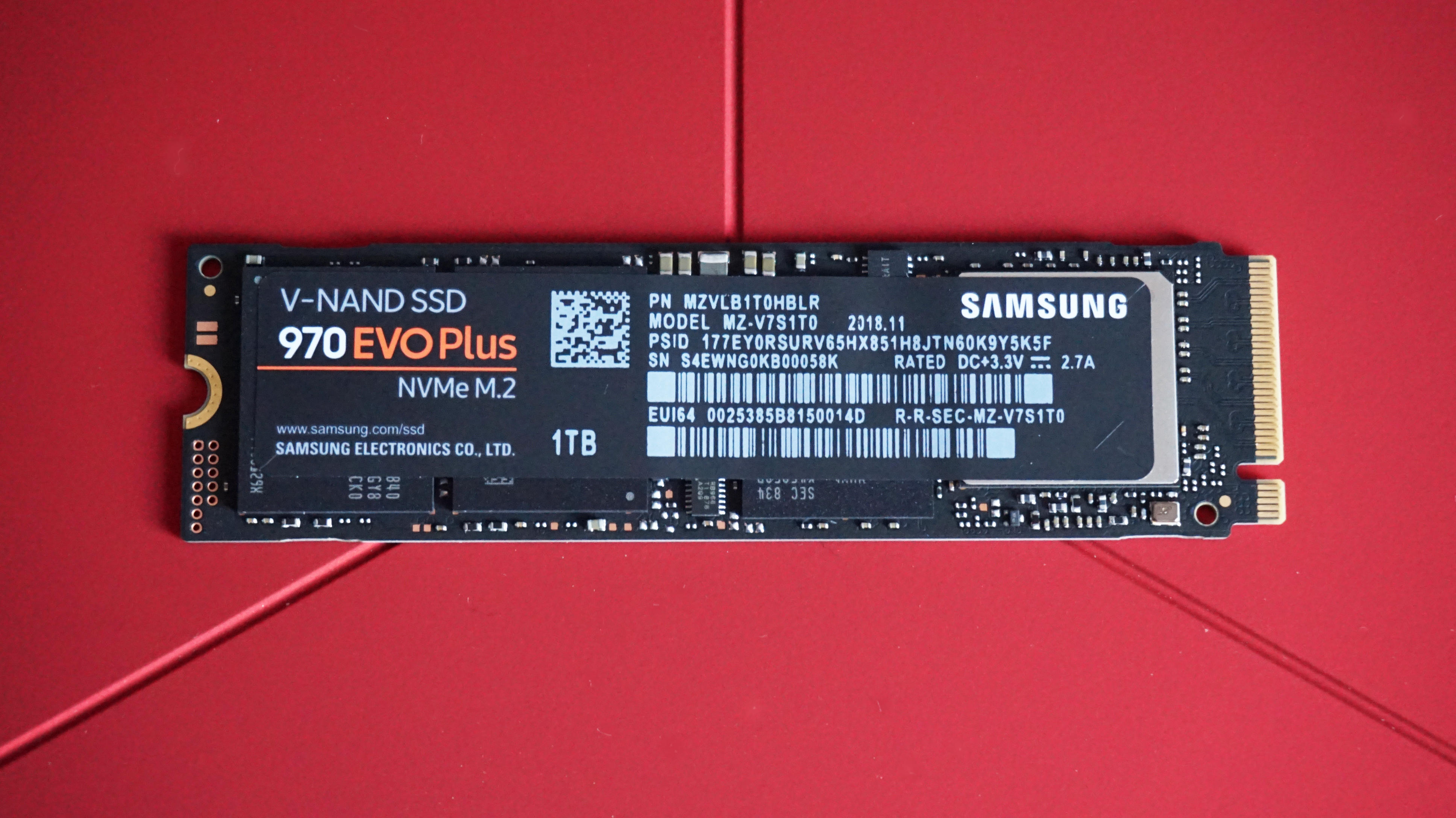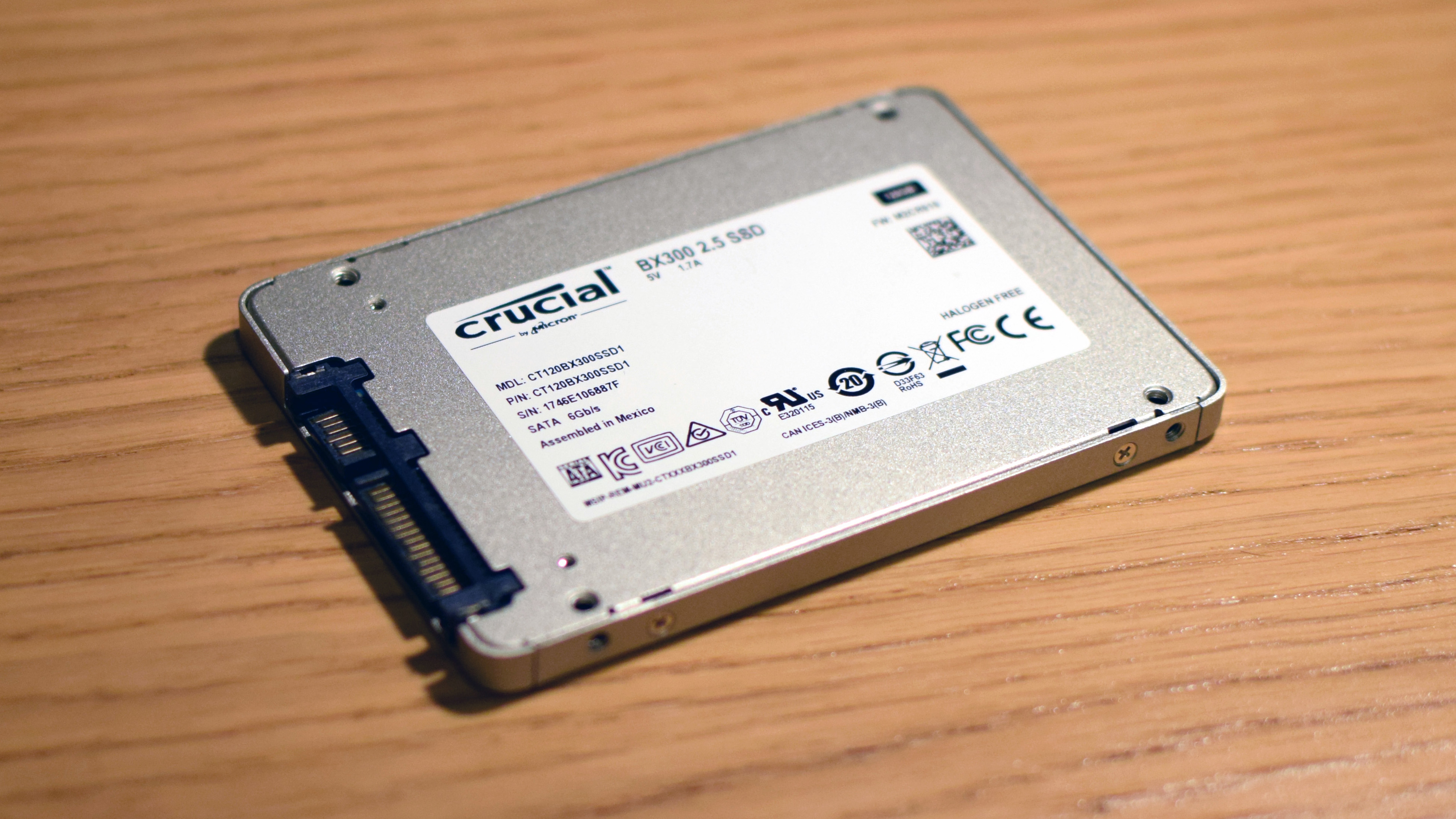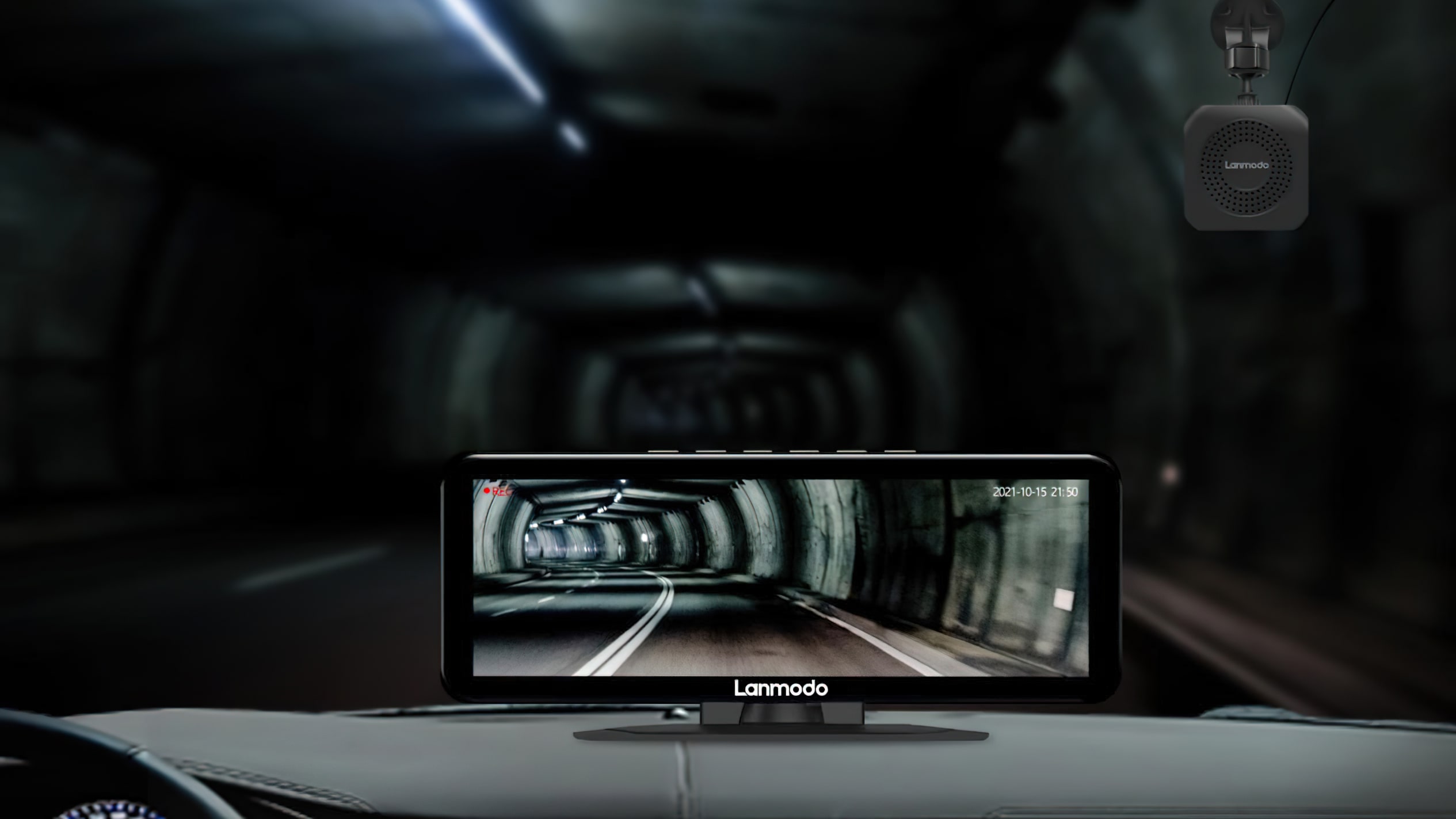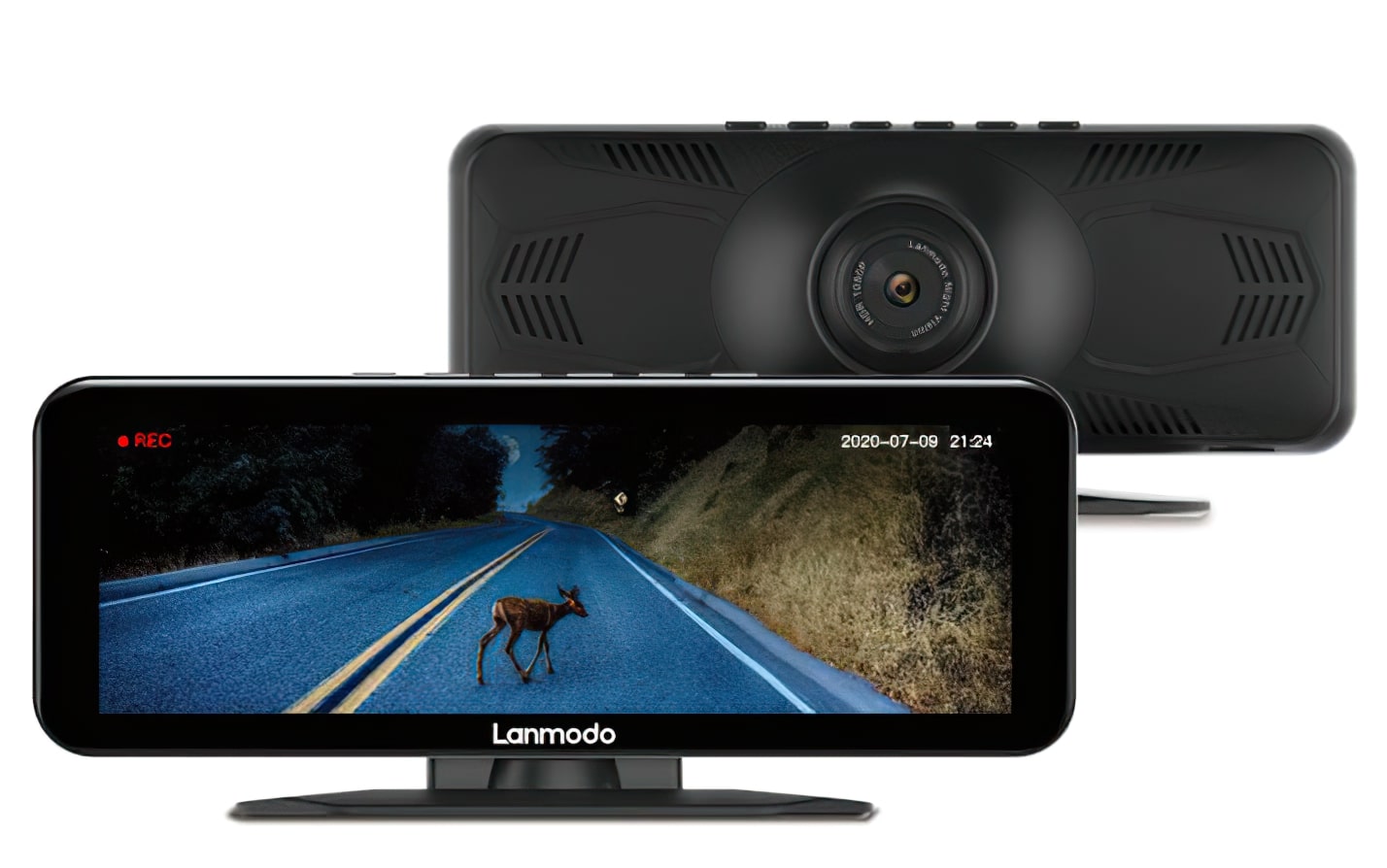
SSDs are actually extra reasonably priced than ever earlier than, making it a good time to improve your outdated laborious disk drive and deal with your self to considered one of our greatest gaming SSD suggestions for 2020. Not solely will it dramatically enhance the velocity of your gaming PC, however your games will load quicker, too.
To enable you discover the perfect gaming SSD in your PC, I’ve put collectively this listing of all the perfect SSDs I’ve examined right here at RPS. Our finest gaming SSD listing covers a variety of costs and type components, and also you’ll discover the whole lot right here from the perfect NVMe gaming SSDs to the perfect SATA SSDs, in addition to the perfect exterior SSD for whenever you wish to take your games out and about or whenever you hop between completely different methods.
Best gaming SSD 2020
- Samsung 860 Evo – the perfect gaming SSD
- Crucial MX500 – the perfect price range gaming SSD
- Samsung 970 Evo Plus – the perfect NVMe gaming SSD
- WD Blue SN500 – the perfect price range NVMe gaming SSD
- Samsung T5 – the perfect exterior gaming SSD
Just click on the hyperlinks above to go straight to our greatest gaming SSD decide in query, or simply keep it up scrolling to learn the entire thing. You’ll additionally discover extra details about how we check our greatest gaming SSD contenders on the very backside of this text, and we additionally clarify what the distinction is between SATA and NVMe SSDs, and what dimension SSD you must think about shopping for as effectively.
Samsung 860 Evo – the perfect gaming SSD
The Samsung 860 Evo is, palms down, the perfect gaming SSD I’ve ever examined. Its random learn speeds are quicker than every other 2.5in SATA SSD that’s crossed my testing bench, and its guarantee and endurance ranking are additionally prime of their respective courses.
The solely different SSD I’ve examined with a quicker random write velocity is Samsung’s 860 Qvo. However, the Qvo’s smallest dimension is 1TB, thereby making it significantly dearer because of this. That mentioned, the 860 Qvo actually comes into its personal at larger capacities, as the way in which it’s been constructed is all about getting as a lot storage as doable for the least sum of money. Indeed, it’s far cheaper than the 860 Evo when you begin pushing into the 1TB and 2TB classes, and arguably makes extra sense than shopping for a smaller SSD to have as your main drive and a bigger, however infinitely slower laborious disk drive for storing games on. As a consequence, I’d advocate choosing the Qvo as a substitute of the Evo if you happen to’re after one thing bigger than 500GB.
For these seeking to preserve SSD prices all the way down to underneath £100 / $100, although, the 500GB Samsung 860 Evo is certainly the way in which to go. Not solely is it quicker than Crucial’s MX500, significantly with regards to random write speeds, however it additionally comes with a a lot larger endurance ranking: 300 terabytes written (TBW) for the 500GB mannequin versus simply 180TBW on the 500GB MX500. It’s quick, sturdy and I’ve but to see one other 500GB SSD beat it with regards to general worth.
That mentioned, if you happen to’ve bought a fraction extra to spend and have a motherboard that helps it, then I’d additionally beneficial the equally glorious 512GB Adata XPG SX8200 Pro, which is an NVMe SSD slightly than a standard SATA one just like the Samsung. The Adata has distinctive random learn speeds, and its random write speeds are solely a teensy bit slower than the perfect NVMe gaming SSDs, such because the Samsung 970 Evo Plus under, making it an incredible various to the 860 Evo relying on how a lot cash you’ve bought to spend.
Crucial MX500 – the perfect price range gaming SSD
If you’re after an incredible worth gaming SSD that doesn’t break the financial institution, then the Crucial MX500 is the way in which to go. Its random learn and write speeds are among the finest round, and it’s a significantly better purchase than a lot of Crucial’s different price range gaming SSDs, such because the BX300 and BX500.
Indeed, you could be tempted by the BX500 decrease costs with regards to selecting your subsequent gaming SSD, however the BX500’s random learn and write speeds merely don’t evaluate with the MX500. As a consequence, I’d strongly beneficial discovering room in your price range for the additional money if you happen to can. You received’t remorse it.
I also needs to level out that, so long as you’ve bought a motherboard that helps it, the WD Blue SN500 can be effectively value contemplating as a finest price range gaming SSD contender, as this NVMe SSD is unbelievable worth for cash. At £47 / $55, it’s a fraction dearer than the MX500, however its superior random learn and write speeds are undoubtedly value it if you happen to’ve bought the money and a appropriate motherboard.
Samsung 970 Evo Plus – the perfect NVMe gaming SSD
If you actually need the perfect of what gaming SSDs have to supply, then it actually doesn’t get significantly better than the Samsung 970 Evo Plus. You’ll want a appropriate motherboard with an M.2 slot so as to use it, however most trendy motherboards include at the least considered one of these as customary.
Available in 250GB, 500GB, 1TB and 2TB dimension capacities, the 970 Evo is a huge step up out of your typical 2.5in SATA SSD. Its random learn velocity is 28% quicker than Samsung’s 860 Evo, whereas its random write velocity is 34% quicker, which is sort of the soar. The 970 Evo Plus can be able to dealing with heavy learn and write queues in over 1400MB/s, that is the perfect gaming SSD for the final word energy person. Technically, Samsung’s extra upmarket 970 Pro is the superior NVMe SSD right here, however there’s actually not a lot it with regards to efficiency, and also you’ll hate your self so much much less by choosing the considerably cheaper and nonetheless blisteringly quick Evo Plus mannequin.
Speed-wise, the 970 Evo Plus additionally comfortably sees off the competitors from the WD Black 3D NVMe SSD, WD Black SN750, and Adata XPG SX6000 Pro, however the Adata XPG SX8200 Pro nonetheless comes out on prime for random learn speeds. I also needs to point out you will get a 1TB SX8200 Pro for round £128 / $150, whereas a 1TB 970 Evo will set you again one other £50 / $50-odd on prime of that. As a consequence, if you happen to’re after a number of storage for much less and don’t thoughts having barely slower random write speeds, the SX8200 Pro can be glorious worth.
WD Blue SN500 – the perfect price range NVMe gaming SSD
NVMe SSDs just like the Samsung 970 Evo Plus are implausible, however not everybody needs to spend upwards of 100 quid on a drive that’s solely 500GB. The excellent news, although, is that you could nonetheless get glorious NVMe efficiency for about half as a lot cash by choosing the WD Blue SN500.
The WD Blue SN500 is implausible worth for cash. It’s bought nice random learn and write speeds, and might deal with bigger workloads with no drawback in any respect. It’s solely out there in smaller 250GB and 500GB capacities in the intervening time, however if you happen to’re after the perfect speeds with out breaking the financial institution, the SN500 is the way in which to go. Plus, there’s a brand new mannequin on the way in which, the WD Blue SN550, that provides a 1TB dimension capability to the combination. Expect a full evaluate shortly.
In equity, the Crucial P1 review is one other nice various for these after an affordable 500GB NVMe drive, however it presently appears to be out of inventory nearly in every single place. It has quicker random learn and write instances than the WD Blue SN500, however it struggles with bigger workloads. Its switch charges aren’t as excessive, both, which implies you’ll get quicker copy and pasting with the SN500. Still, if you will discover one and need a respectable 1TB drive that’s extra reasonably priced than different NVMe drives on the market, then the Crucial P1 comes extremely beneficial.
Samsung T5 – the perfect exterior gaming SSD
When it involves the perfect exterior SSDs for gaming, there’s actually nothing just like the Samsung T5. Samsung could also be about to exchange it with the Samsung T7 Touch (and its non-touch sibling, the common Samsung T7) this 12 months, however until you’ve bought a bang-up-to-date laptop computer or PC that helps the USB 3.2 Gen 2 customary, then you definately’ll be simply as proud of the USB 3.1 Gen 2-supporting T5.
It’s a lot quicker than the WD My Passport SSD, for instance, and it’s additionally a fraction cheaper and an infinitely nicer trying factor as well. Yes, the Samsung T5 is pricey in comparison with a normal SSD (and particularly costly in comparison with exterior laborious drives such because the WD Black P10), however if you happen to’re the kind of one who travels so much and doesn’t have sufficient room for all of your games in your laptop computer, the T5 is a worthwhile funding. For starters, it’s completely tiny and can simply slot into any type of pocket, and the very fact it’s an SSD means it’s additionally far much less prone to break than an exterior HDD.
The T5 additionally comes with each USB3 and USB-C connectors for tremendous quick switch speeds, and its random learn and write speeds are fairly good too. It’s nowhere close to as nippy as Samsung’s 860 Evo, however by way of general comfort, nothing else comes shut.
Best gaming SSD 2020 – how we check
To earn a spot on our greatest SSD for gaming listing, a drive should have glorious learn and write instances – and I’m not simply speaking in regards to the crazy-high sequential instances you’ll see plastered throughout an SSD’s field, both. These can usually attain as much as 1000’s of MB/s, which can sound like excellent news, however in observe it’s not an excellent indicator of what sort of speeds you’ll get in day after day use. That’s as a result of most SSDs learn and write knowledge randomly, sticking bits right here and there throughout an SSD’s storage blocks.
As a consequence, an SSD’s random learn and write speeds are actually what try to be searching for when deciding on your subsequent finest gaming SSD, which is why I place such an essential emphasis on them in my SSD reviews. To check this, I take advantage of two artificial benchmark assessments: AS SSD’s 1GB 4K random check, which sees how rapidly an SSD can learn and write one gigabyte’s value of tiny 4K file chunks, and CrystalDiskMark’s 1GB 4K 8-queue-8-thread check, which sees how an SSD copes with bigger workloads.
Another essential consideration is capability. The minimal dimension SSD I’d advocate as of late is 250GB, as this provides you with sufficient room in your Windows set up (round 20GB), a number of huge games, plus all of your music, photographs and every other inventive / productiveness programmes you may want. If you’d prefer to have greater than a few huge titles put in directly with out compromising on load instances, nonetheless, it’s possible you’ll wish to think about discovering the money for a 500GB or 1TB SSD.
SATA vs NVMe: What’s the distinction?
2.5in SATA SSDs: The best drop-in alternative for the standard laborious disk is a 2.5in SATA mannequin. These are the identical dimension and form as a normal 2.5in laborious disk, and plug into a standard SATA port in your motherboard. Most trendy PC circumstances have mounting factors for two.5in laborious disks, usually on the again of the motherboard tray. If yours doesn’t, you should utilize a £5 adaptor (actually only a 3.5in-wide metallic plate with screw holes) to suit the SSD in a standard 3.5in laborious disk bay.
To keep away from crippling the SSD’s efficiency, be sure you plug the SSD right into a SATA Three port in your motherboard, slightly than use SATA 2. SATA Three SSDs will work in SATA 2 ports, however you’ll doubtless lose round half the SSD’s efficiency.
The chief drawback of two.5in SSDs, in comparison with the mSATA, M.2 and PCI Express playing cards mentioned under, is that they use SATA 3: an interface that’s been round since 2009, and one which isn’t fast sufficient to deal with the quickest trendy SSDs. However, for many customers, a SATA Three SSD might be positive, and nonetheless a number of instances quicker than a mechanical laborious disk.
NVMe SSDs: If you’re available in the market for a super-fast SSD that received’t be encumbered by its interface, it’s essential transfer past SATA to NVMe (additionally known as PCI Express, PCIe NVMe, or simply NVMe). Most NVMe SSDs are mounted on to the motherboard in an M.2 slot. If your motherboard doesn’t have such a slot, there’s just one technique to unleash the velocity: a PCIe add-in card (AIC). These add-in playing cards will slot in a spare PCIe x4 or x16 slot and are monstrously fast, in addition to monstrously costly.
If you’ve gotten a more moderen motherboard with an M.2 slot, an NVMe SSD is a neater approach so as to add super-fast PCIe storage. Most NVMe SSDs are simply 22mm huge and 80mm lengthy (so a couple of third shorter than a stick of RAM) and screw straight into the motherboard – no extra having to route SATA and energy cables round your case.
However, the M.2 customary is a bit sophisticated, mainly as a consequence of its versatility. For starters, there are a number of sizes of M.2 card, corresponding to 2280 and 22110: the primary two digits denote the cardboard’s width in mm, and the remaining numbers are the cardboard’s size. Fortunately, nearly all of shopper NVMe SSDs are the 2280 dimension. What’s extra, in addition to PCIe storage, the M.2 slot may also help SATA SSDs. These don’t have the efficiency benefit of NVMe drives, however rating for neatness, and are about the identical worth as 2.5in SSDs. Check what requirements your motherboard helps, as PCIe SSDs is not going to work in SATA-only slots and vice versa.
The excellent news is that many motherboards help each NVMe and SATA M.2 SSDs, supplying you with the flexibility to decide on between fast-but-expensive NVMe and slower (however nonetheless quick) and cheaper SATA. Bear in thoughts that the claimed speeds are for sequential transfers, slightly than random reads and writes, so ought to be thought-about a best-case state of affairs. It’s additionally value a drive’s IOPS, or enter/output operations per second, ranking. This isn’t at all times listed in an SSD’s specs, however it may make an enormous distinction to an SSD’s real-world efficiency. A drive with a excessive IOPS ranking can carry out many extra knowledge reads and writes per second than a lower-rated mannequin, which might make an enormous distinction within the advanced knowledge switch duties required by a contemporary working system.









